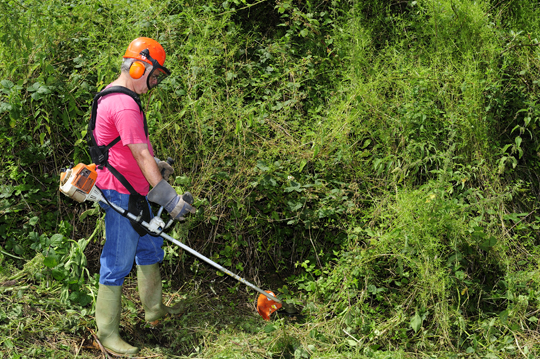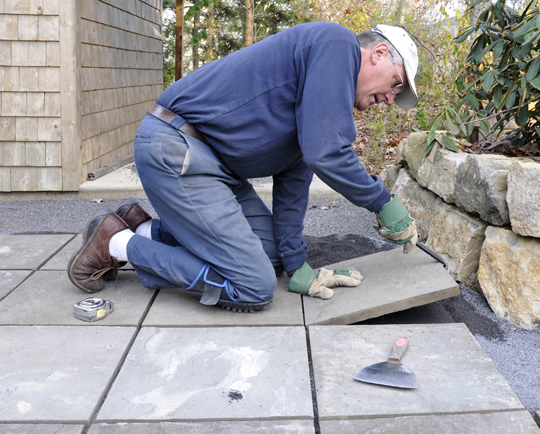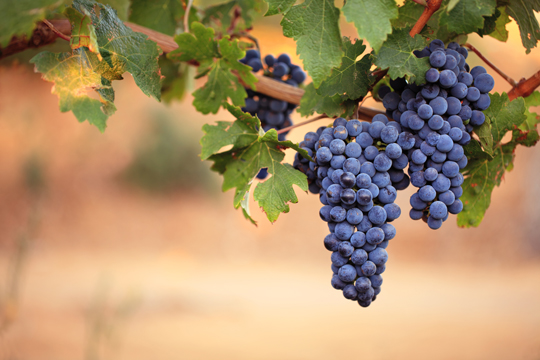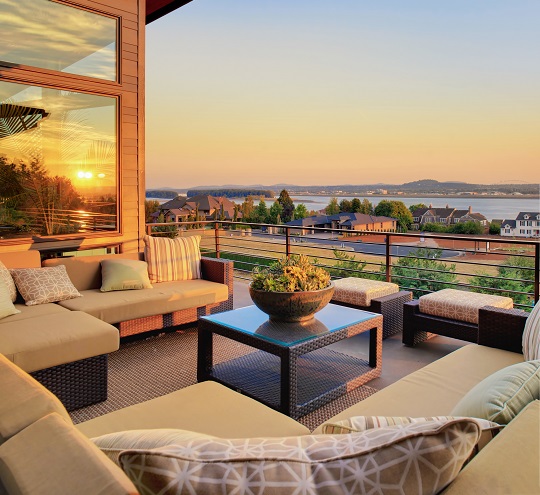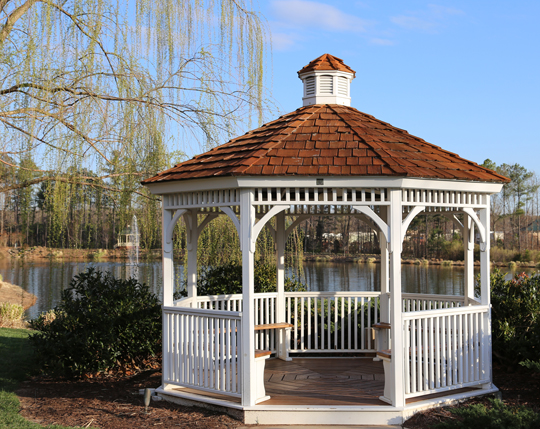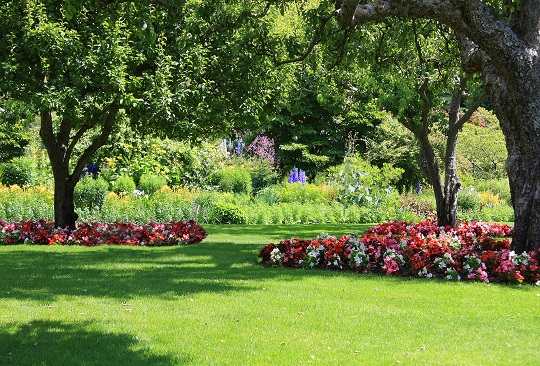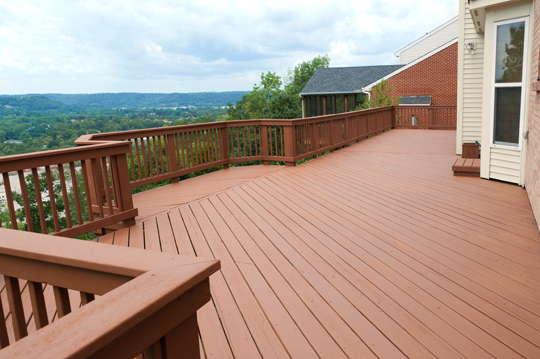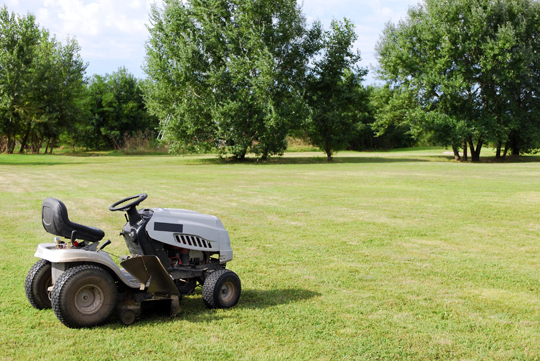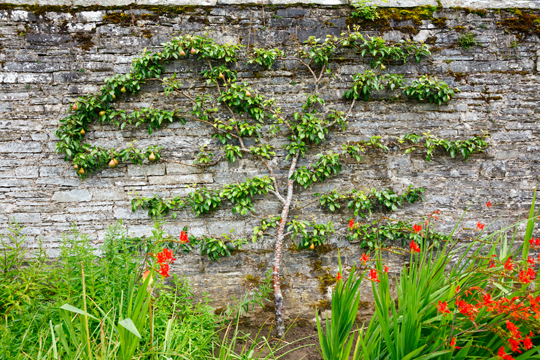As all gardeners – even novice ones – know, the key to a beautiful garden is the soil. You can create enticing arrangements and surprising ornamental designs, but if you want to ensure the health of your plants, it’s important to know a few basics about the optimal levels of nitrogen in the soil. Here are a few things to keep in mind on how to prepare plants for nitrogen rich soil to maintain the beauty of your garden.
Why Is Nitrogen Important for Plant Growth?
Just as we need food and sleep to function, plants need light, water, and nitrogen to thrive. Nitrogen is a fundamental macronutrient that plays a vital role in making plant cells work. Moreover, as a component of chlorophyll, nitrogen takes part in photosynthesis, the process by which plants turn sunlight into energy to fuel their growth.
How Can You Prepare Plants for Nitrogen Rich Soil?
Balancing the levels of nitrogen in the soil is essential for your plants. The right level of nitrogen in the soil makes them vigorous and improves their appearance. But nitrogen is volatile, which makes it difficult to maintain appropriate levels in the soil. It can evaporate in the air or dilute if plants are watered more than necessary.
What Are the Signs That Show a Nitrogen Imbalance in Your Plants?
If your plants seem to grow slowly, have poor foliage, and turn yellow, they might be nitrogen-deficient. Too little nitrogen inhibits plant development. On the other hand, nitrogen excess can lead to plant burning. Yellow, shriveling leaves that eventually turn brown indicate too much nitrogen in the soil. Reddish leaves also suggest that the amount of nitrogen might be too high. However, when you see that the leaves of your plants are turning yellow or brown, don’t rush to pour a bucket of water on them. You might be dealing with a nitrogen deficiency or nitrogen excess, which needs to be corrected.
Need Gardening Tips?
Want to find out more about how to improve your garden? Or maybe you need a professional landscaper for your gardening projects. Visit TalkLocal. This way you can find the info and the professional help you need in no time. For free.


